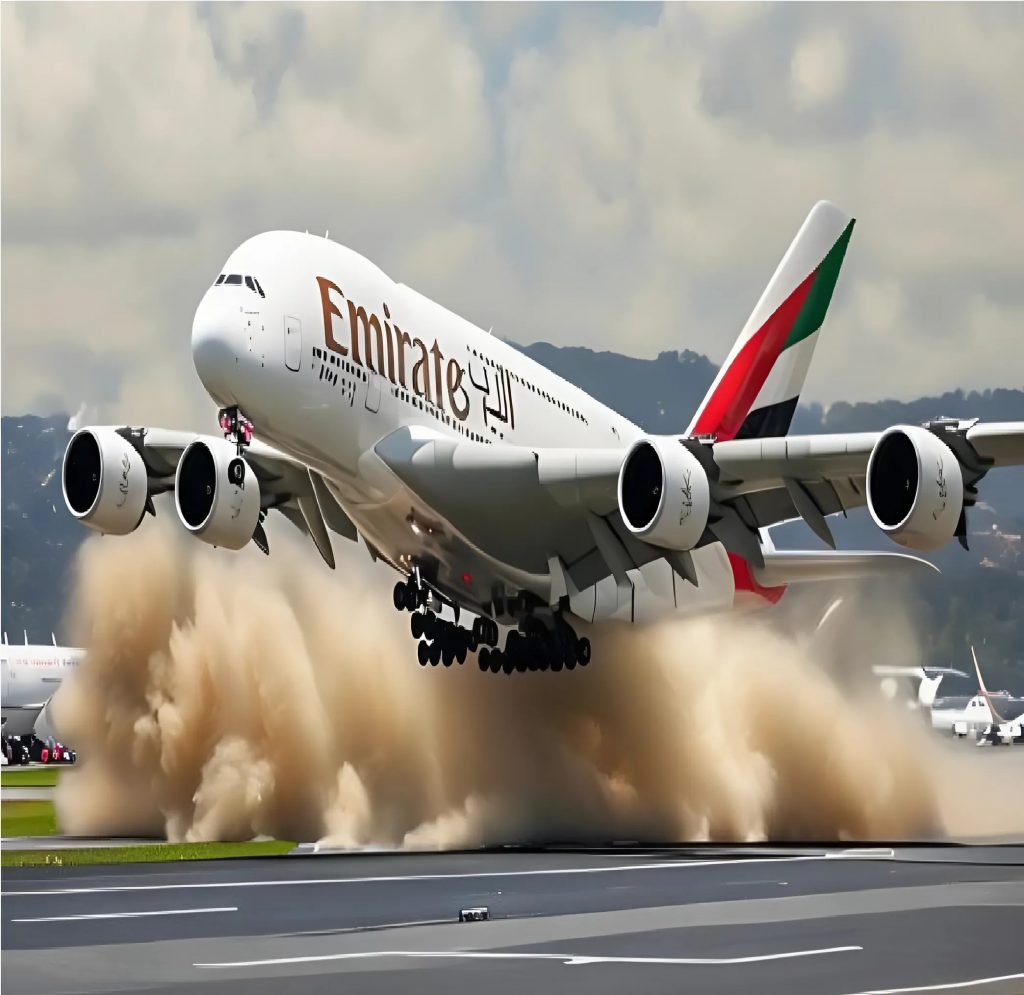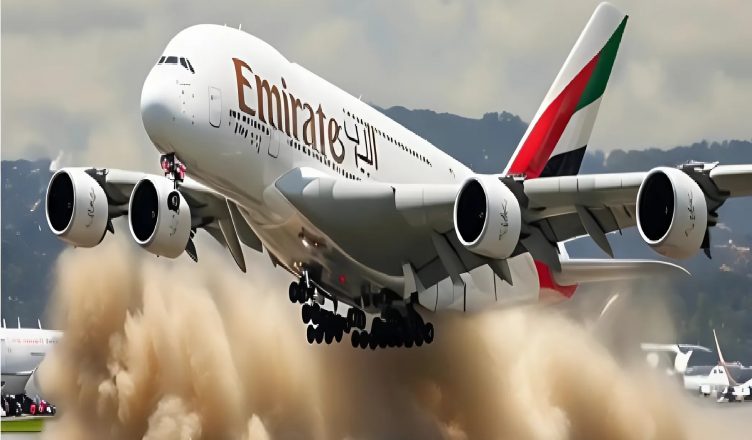It was supposed to be an ordinary flight. The kind people take every day—business travelers reviewing presentations, families with restless children, students returning home. Flight 728 from Milan to Lisbon was scheduled to land at 6:55 PM. The weather forecast was clear. All systems were green.
And then, somewhere over the Portuguese coast, the routine disintegrated into chaos.
Descent into Panic
The first sign came about 15 minutes before landing. Passengers recall a strange vibration beneath the floor, subtle at first, like a distant engine stutter. The flight crew remained composed, offering calm reassurances over the intercom. «A bit of turbulence,» one attendant told a worried man clutching his armrest. «Completely normal.»
But it wasn’t turbulence.
As the plane began its final descent, the aircraft suddenly tilted sharply to the right. Trays flew from passengers’ laps. A child screamed. Several people instinctively braced, gripping the armrests so hard their knuckles turned white.
Then came the drop.
Not a gentle descent, but a sharp, unmistakable fall — like the floor had dropped out beneath them. Oxygen masks did not deploy, but gasps filled the cabin. The engines revved loudly, erratically. An older woman collapsed in her seat, and a flight attendant stumbled into a row of passengers as the aircraft shook.
A pilot’s voice, tight with tension, crackled over the speaker:
“Ladies and gentlemen, please remain seated and fasten your seatbelts immediately. We are experiencing a technical issue with our landing system. We will be attempting a manual approach.”
A Test of Nerves
On the ground, air traffic controllers cleared the runway and mobilized emergency units. Fire trucks lined up along the landing strip. Ambulances were placed on standby. Everyone anticipated a hard landing — or worse.
In the cabin, emotions surged. A businessman muttered a prayer. A mother shielded her daughter with her arms. Some passengers cried. Some froze. Others quietly typed goodbye messages into their phones, never pressing send.
The plane circled once more before attempting the descent.
From the cockpit, Captain Luis Rocha had a critical choice: the primary hydraulic system that controlled the landing gear had failed, and the backup had only partially engaged. The left gear had deployed. The right — not fully. The plane was, essentially, landing with one leg.
And there was no turning back.

The Landing
Witnesses on the ground said it looked like something out of a movie. The plane came in at a shallow angle, lower than usual. The left wheel touched the tarmac and held — the right side dropped with a metallic grind and a shower of sparks. The tail threatened to dip, but the pilot compensated with a perfectly timed yaw correction.
The plane veered slightly but didn’t skid.
It stopped.
The cabin remained silent for several seconds after touchdown. Shock, disbelief, and then — applause. Not polite, reserved clapping, but raw, grateful, tear-filled applause. Strangers hugged. Someone vomited from adrenaline. But everyone was alive.
Fire crews rushed in but found no flames. No injuries, beyond bruises and terror.
The Hero Nobody Knew
The press would later call Captain Rocha “The Calm in the Cockpit.” What few people knew was that this wasn’t his first in-flight emergency. Twenty years earlier, as a young co-pilot, he had trained under a veteran who taught him one lesson that stayed with him:
“When everything breaks, what’s left is your mind. If it’s steady, the plane will follow.”
Rocha had remembered those words. And on a September evening, with 182 lives depending on his every movement, he proved them true.
Aftermath
Investigators later confirmed that a rare software malfunction had interfered with the hydraulic control module during descent. The issue had only ever occurred once before, in a simulated training environment. This was the first real-world incident.
The airline issued public statements of gratitude and launched a full technical review. Meanwhile, social media lit up with testimonials from passengers:
— “I thought I was going to die. I can’t believe we walked away.”
— “That pilot deserves a statue.”
— “I’ll never complain about delays again.”
And perhaps the most moving of all came from an eight-year-old boy who had drawn a picture on a napkin before disembarking. It showed a big airplane, a firetruck, and a smiling pilot with the words:
“Thank you for not letting us crash.”
